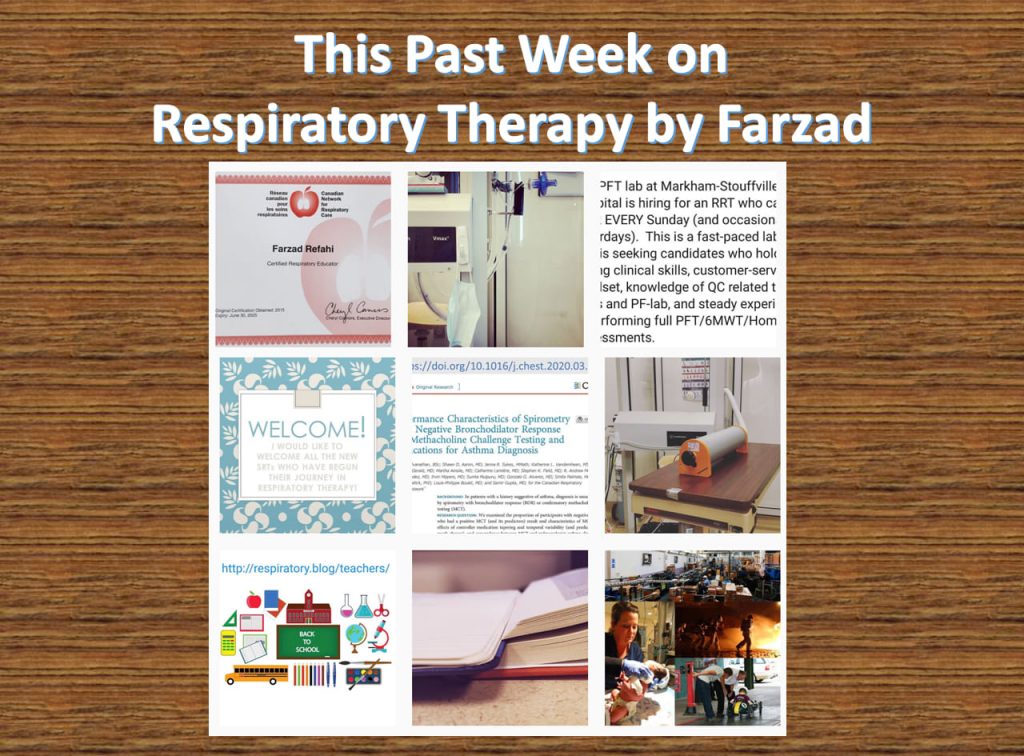
Wondering what kind of employer you need to work for? Or wondering how to keep your team happy?
Prior to the pandemic I occasionally attended networking events. I heard an interesting mindset from a hard-working, loyal and driven presenter. He asks himself these three questions before applying for any job:
- Would the opportunity lead to new knowledge or skillset?
- Would the position give you access to quality mentorship and coaching?
- Does the role and workplace rate highly on: compensation, work culture and work flexibility.
Have you ever asked yourself what you are looking for in a workplace? What makes you choose one offer over the other? What’s your career development look like?
Several factors play into this, including but not limited to one’s personality (intro-/extro-vert), stages in life, career goals, financial needs, work-life balance, available opportunities and many more.
If you are a manager and/or employer, there are things that you can do to keep your employees happy. These may include but are not limited to: offering compatible compensation, growth and learning opportunities, providing constructive feedback, flexible scheduling if applicable, and encouraging a respectful work environment among many others.
Yesterday I attended an anniversary celebration at work to support those who are receiving recognition for their service. At such challenging times, a small token of appreciation through recognizing people for their loyalty goes a long way.
What are some ways working for your employer keeps you happy, motivated and feeling valued?
Farzad Refahi
September 23, 2020
https://respiratory.blog/sept232020/


